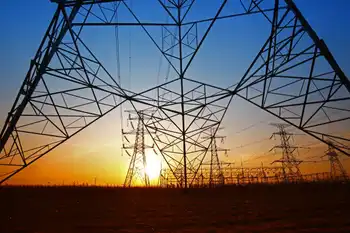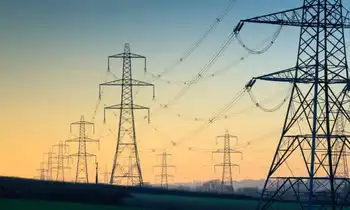Nova Scotia and B.C. collaborate on tidal energy
Halifax, Nova Scotia -- - A renewed partnership between Nova Scotia and British Columbia will advance Canada's marine renewable energy industry.
A memorandum of understanding, signed by representatives from both provinces, outlines key priorities, including partnering on research and technology development, and sharing information and best practices in regulation and permitting.
"To advance Canada's position as a leader in marine renewable energy, we need a co-ordinated approach -- one that unites our country from coast to coast," said Energy Minister Michel Samson. "Nova Scotia's partnership with B.C. will do just that, providing access to more information and helping build our national expertise in marine renewable energy to maximize the opportunity for Canada."
The memorandum represents a commitment from both provinces to further develop the tidal resource in the Bay of Fundy and wave-generated energy on British Columbia's west coast.
"I am pleased that British Columbia and Nova Scotia will continue to work together to support marine renewable research and technology development," said B.C. Energy and Mines Minister Bill Bennett.
One immediate result of this agreement is to establish a council of senior government officials, which will bring together public and private sector interested parties to move ahead with priorities outlined in the memorandum and help ensure a consistent regulatory framework across Canada.
B.C. companies and universities are actively involved in Nova Scotia marine renewable energy research including a study that will look at the impact of turbulent marine environments on tidal technology.
Related News

Altmaier's new electricity forecast: the main driver is e-mobility
LONDON - Gross electricity consumption in Germany will increase from 595 terawatt hours (TWh) in 2018 to 658 TWh in 2030. That is an increase of eleven percent. This emerges from the detailed analysis of the development of electricity demand that the Federal Ministry of Economics (BMWi) published on Tuesday. The main driver of the increase is therefore the transport sector. According to the paper, increased electric mobility in particular contributes 68 TWh to the increase. Around 44 TWh of this should be for cars, 7 TWh for light commercial vehicles and 17 TWh for heavy trucks. If the electricity…




